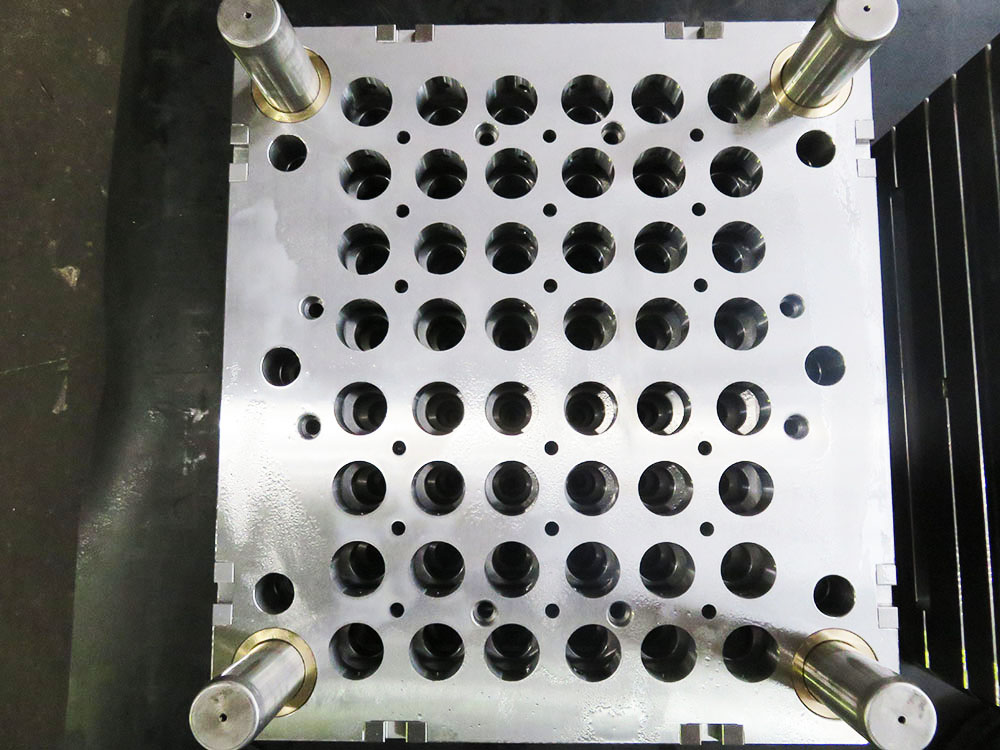How to Choose the Model and Specifications of a Die Casting Machine
In the mold base industry, selecting the right model and specifications of a die casting machine is crucial for ensuring high-quality and efficient production. With numerous options available in the market, it can be overwhelming to make the right choice. To aid in this process, the following factors should be considered:
1. Type of Die Casting Process:
Different die casting processes, such as hot chamber and cold chamber, require specific machine models. Hot chamber machines are suitable for casting materials with low melting points, like zinc, while cold chamber machines are ideal for high melting point alloys, such as aluminum and brass. Understanding your casting requirements will help determine the appropriate type of machine.
2. Casting Weight and Size:
The casting weight and size play a significant role in machine selection. Machines have weight and size limitations, so it is essential to choose a machine that can accommodate the maximum weight and size of the desired castings. This ensures efficient production without compromising on quality.
3. Production Volume:
The production volume requirement is a key consideration as it impacts the size and capacity of the machine. High-volume production necessitates larger machines with higher clamping forces to achieve faster cycle times. On the other hand, smaller machines are suitable for low-volume productions.
4. Clamping Force:
Clamping force is crucial in maintaining the integrity of the mold during the casting process. It is influenced by factors like the projected area of the casting and the material being cast. The required clamping force can be calculated using formulas or obtained from manufacturers' guidelines. Choosing a machine with an appropriate clamping force helps prevent mold damage and ensures consistent production quality.
5. Operational Controls and Features:
The operational controls and features of the machine play a significant role in productivity and ease of operation. Consider factors such as the control system, automation options, safety features, and ease of maintenance. A machine with user-friendly controls and advanced features can significantly enhance efficiency and reduce production downtime.
6. Quality and Reliability:
Opting for a reputable and reliable manufacturer with a history of producing high-quality machines is essential. Consider aspects such as machine durability, service support, and availability of spare parts. Investing in a machine with a good track record ensures long-term reliability and minimizes the risk of production interruptions.
7. Budget and Return on Investment:
The budget available for the machine purchase and the expected return on investment should be carefully considered. Balancing the initial investment cost with long-term productivity gains is crucial. It is advisable to research and compare different machine models, their capabilities, and pricing to make an informed decision that aligns with your financial goals.
In conclusion, choosing the right model and specifications of a die casting machine requires a systematic approach. Considering factors such as the type of casting process, weight and size requirements, production volume, clamping force, operational controls, quality, and budget will help in making an informed decision. Investing time and effort in selecting the appropriate machine will ultimately lead to efficient production, high-quality castings, and a favorable return on investment.




